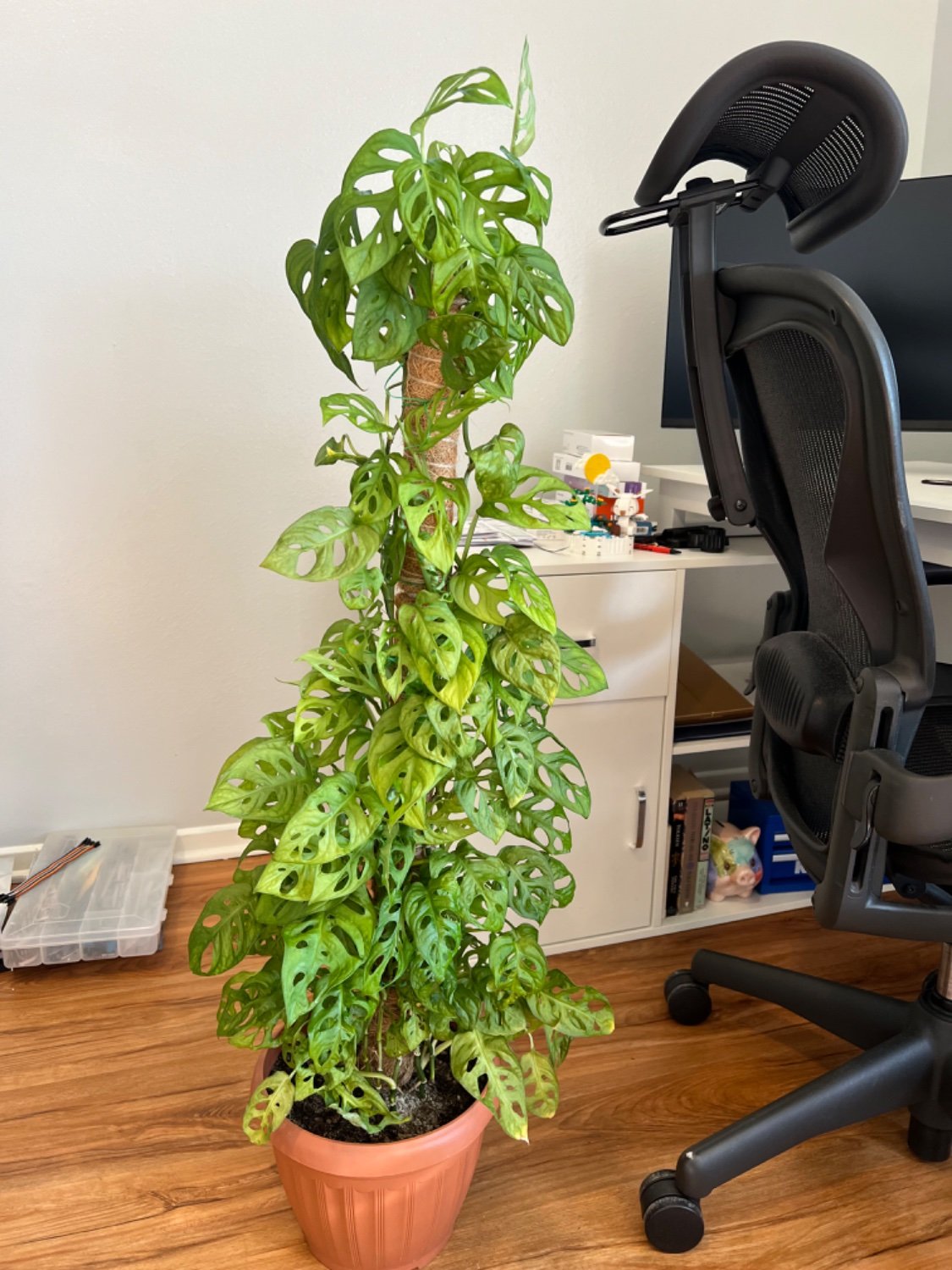Piggybacking on your grid stability point, another issue I don’t see getting addressed here is ramp rate.
If we install enough solar where 100% of our daytime load is served by solar, that’s great. But what about when the solar starts to drop off later in the day?
A/Cs are still running while the sun is setting, the outside air is still hot. People are also getting home from work, and turning on their A/Cs to cool off the house, flipping on their lights, turning on the oven, etc.
Most grids have their peak power usage after solar has completely dropped off.
The issue then becomes: how can we serve that load? And you could say “just turn on some gas-fired units, at least most of the day was 100% renewable.”
But some gas units take literal hours to turn on. And if you’re 100% renewable during the day, you can’t have those gas units already online.
Grid operators have to leave their gas units online, running as low as they can, while the sun is out. So that when the peak hits, they can ramp up their grid to peak output, without any help from solar.
There are definitely some interesting solutions to this problem, energy storage, load shifting, and energy efficiency, but these are still in development.
People expect the lights to turn on when they flip the switch, and wouldn’t be very happy if that wasn’t the case. Grid operators are unable to provide that currently without dispatchable units.

Gravity energy storage doesn’t scale well. I’ve replied to other comments with more detail on this.
There are more feasible energy storage technologies out there, but these are super cutting edge and are not ready for grid-level deployment yet.
The future of grid level energy storage is almost certainly not going to be gravity based. At least not on a large scale.
You can’t have 100% of load be renewable/solar and have gas units online on top of that. That’s over generation. You have to match the supply exactly with the demand. If you mismatch, you destabilize the grid. Undersupply causes blackouts, oversupply melts power lines.
If a unit takes 10 hours to start, solar hours are from 6am to 6pm, and peak load is at 7pm with 0% solar; when do you recommend we start this unit? At the minimum, we’d have to order it on at 7am. Units have to run at a minimum load, let’s say 100MW for this unit. So now you can’t 100% solar from 7am to 6pm, you have to leave 100MW of room for this base loaded unit.
This doesn’t even factor in regulatory requirements like flex, spinning reserve, and other balancing and reliability requirements. Grids are required to have emergency units available at an instant to prevent mass destabilization if parts of the grid fail.